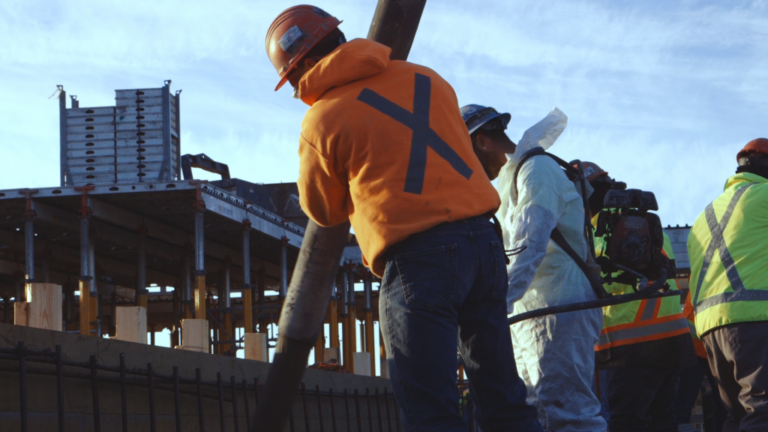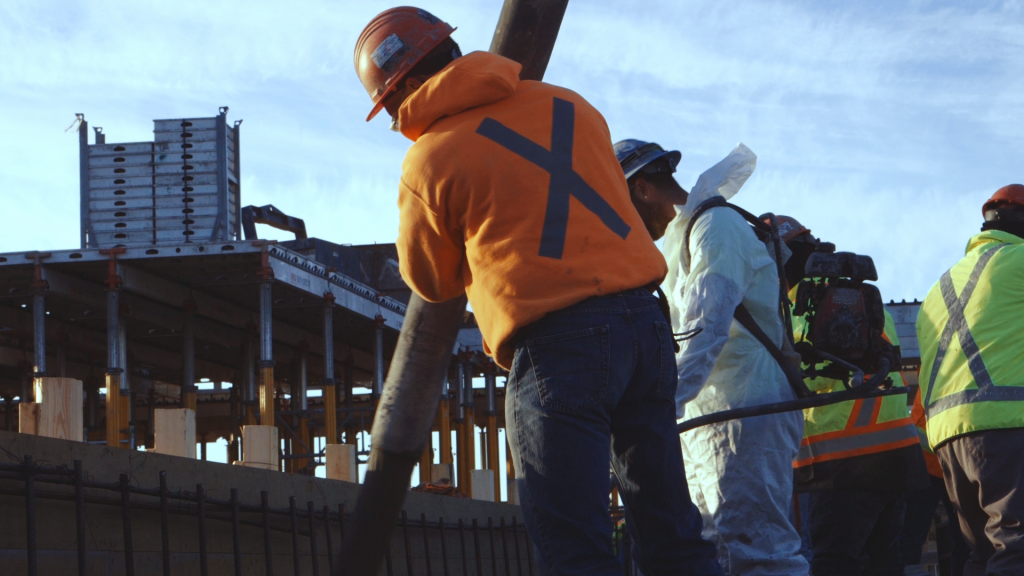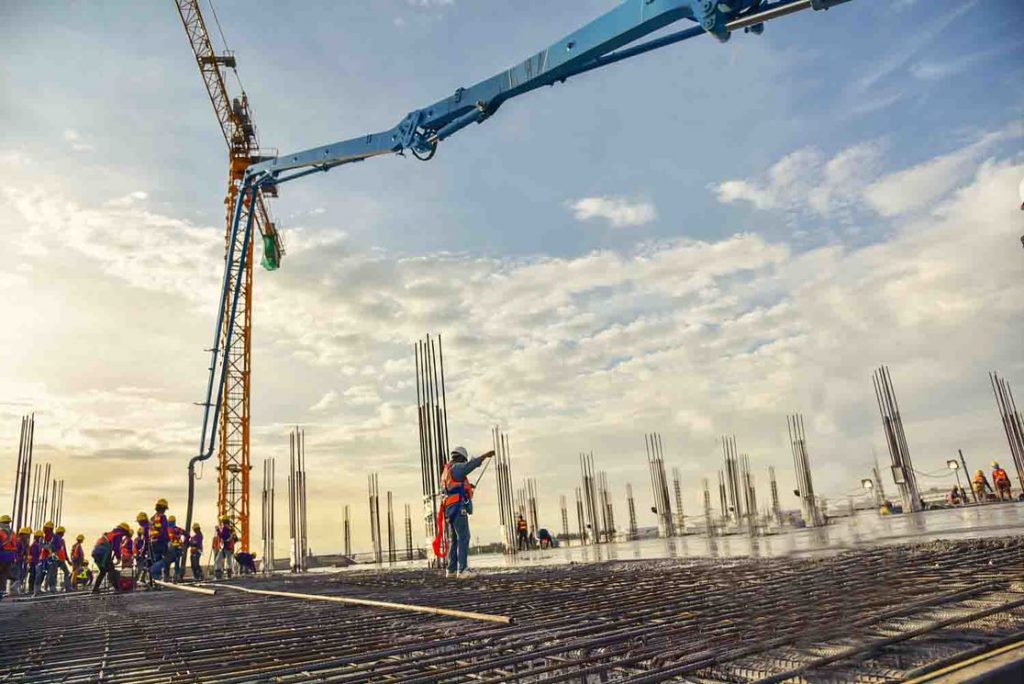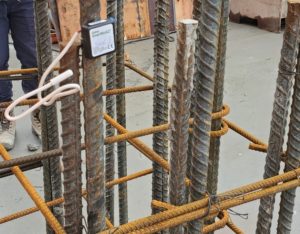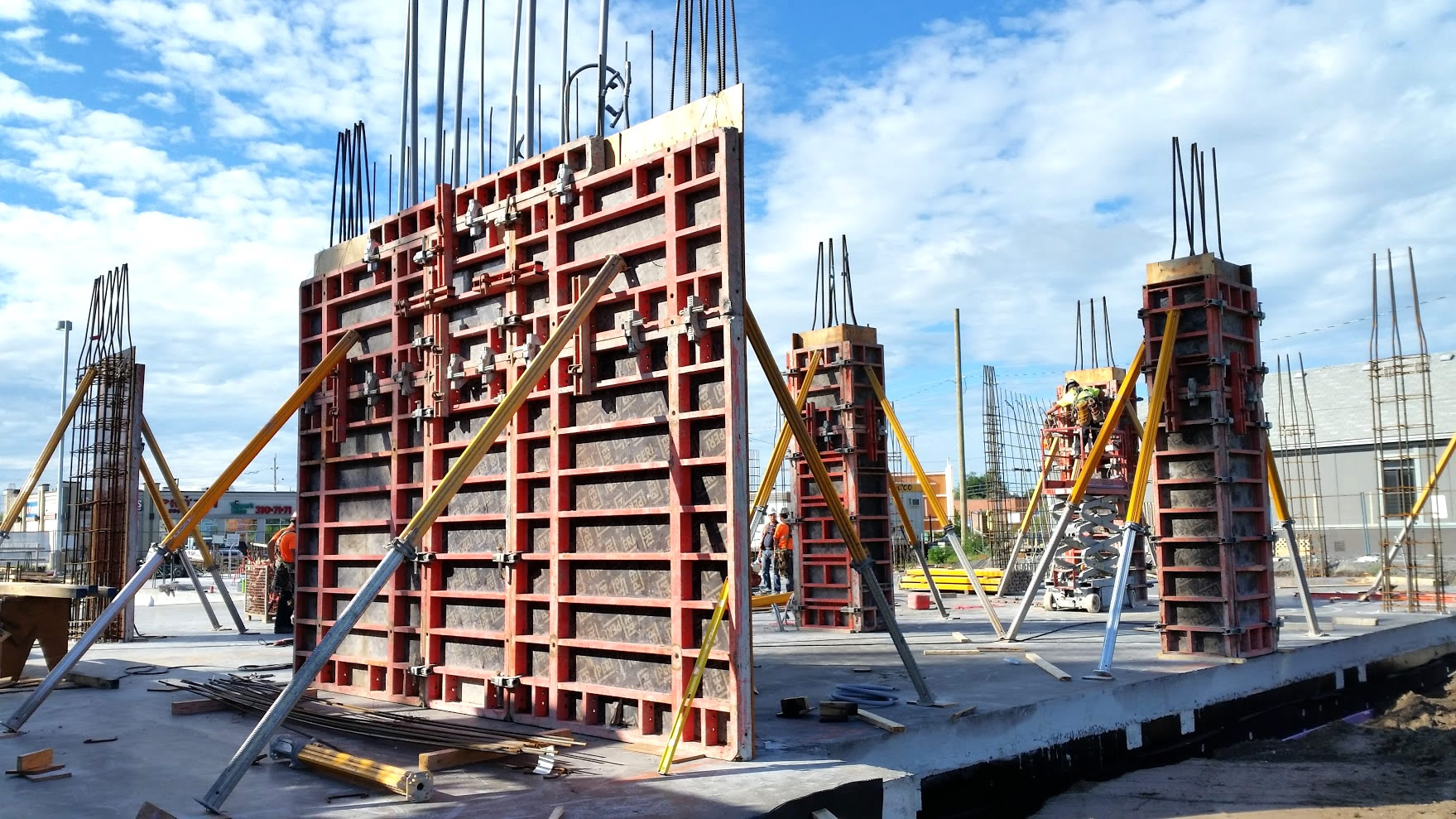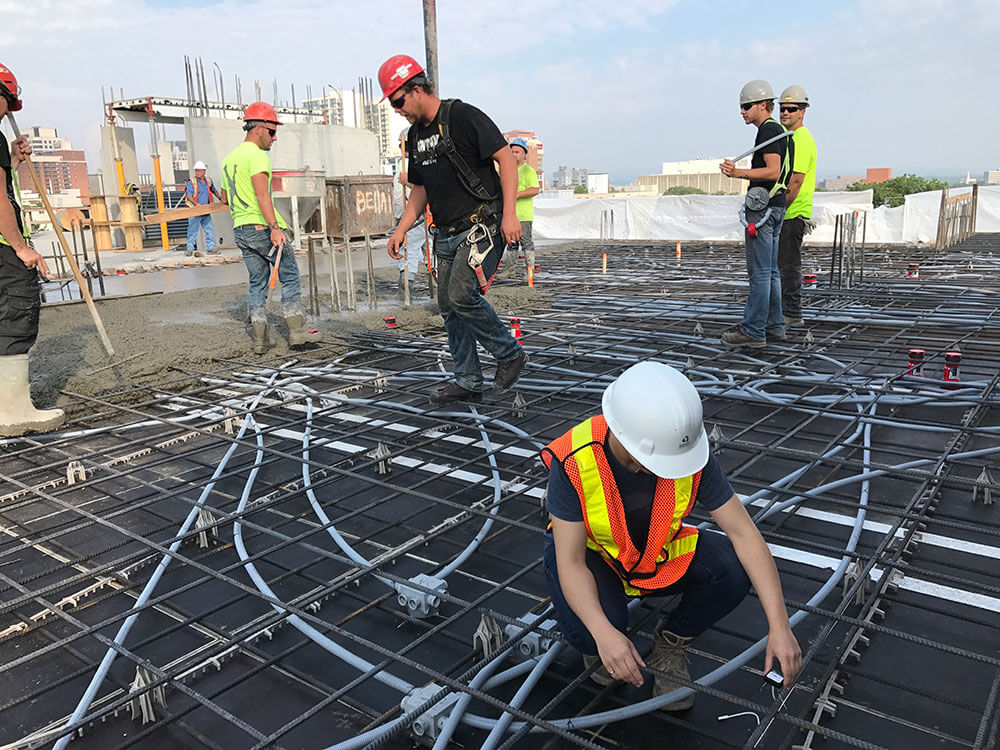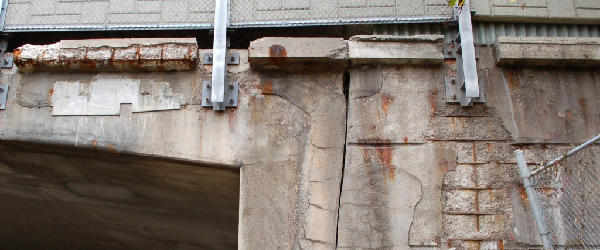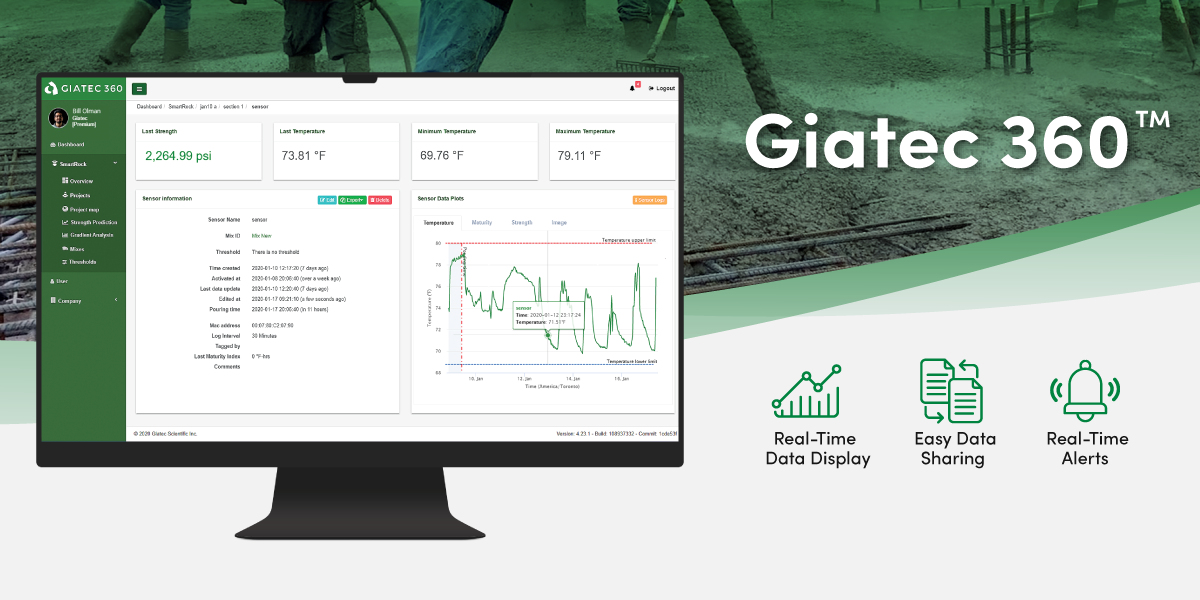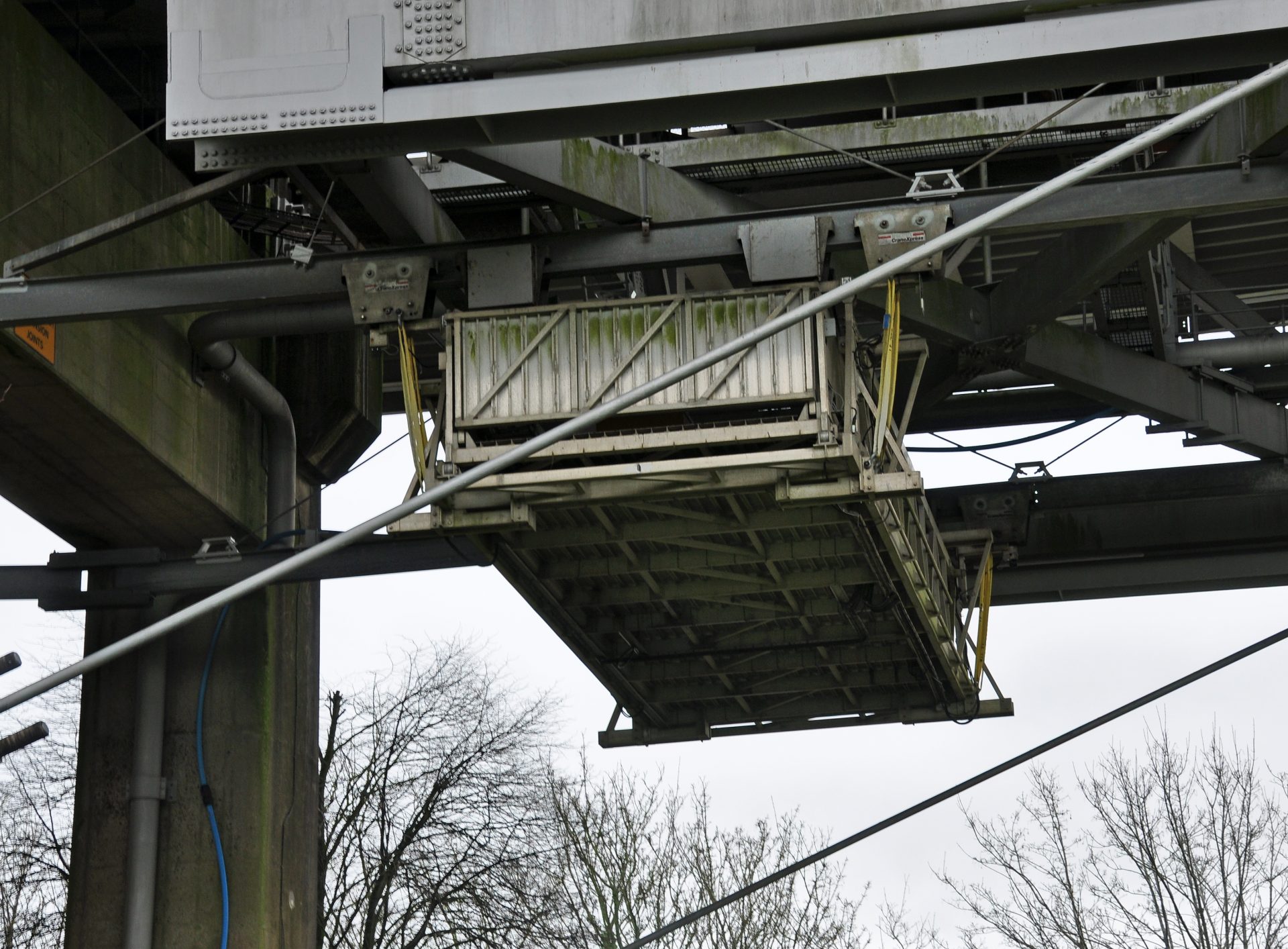The five phases of the concrete curing process are designed to maintain appropriate moisture content and temperature levels in early-age concrete to reach its specific mix strength. But, why is it important to achieve the right amount of moisture during this process? Because hydration tends to dry out the concrete due to the loss of heat. Thus, in order to guarantee the strength and quality of a concrete pour, it is important to monitor the cooling concrete temperature. A concrete pour generates an appreciable amount of heat. In other words, it creates an exothermic reaction. This raises the overall temperature of the element. Generally speaking, the greater the concrete content, the higher the temperature will be.

Cold Weather Concreting
Completing construction projects in cool or cold temperatures requires special consideration. As stated in ACI 306, Guide to Cold Weather Concreting, cold weather concreting is “a period when for more than three successive days the average daily air temperature drops below 5°C (40°F) and stays below 10°C (50°F) for more than one-half of any 24 hour period.”
When the ambient temperature is too low, the concrete hydration either slows down or stops completely. This is an undesirable outcome because the concrete’s strength development will either be significantly reduced or come to a complete stop.
For example, if the concrete freezes while it is still fresh or before it has developed sufficient strength, the ice that forms disrupts the cement paste matrix. This causes an irreparable loss of strength. This diminished strength means the concrete pour will crack in the future. In some cases, it is rendered useless, causing massive delays in project completion. One way to prevent this from happening is to avoid pouring concrete over frozen ground, snow, or ice. Also, one can use heaters to thaw the ground before pouring.
Cooling Concrete Temperature in Hot Weather
According to ACI 306, hot weather concreting is defined as “one or a combination of the following conditions that tend to impair the quality of freshly mixed or hardened concrete by accelerating the rate of moisture loss and rate of cement hydration, or otherwise causing detrimental results: high ambient temperature; high concrete temperature; low relative humidity; and high wind speed.”
During the hydration process, the temperature of a concrete element should be limited to 70°C (160°F) to achieve the necessary strength gain.
Imagine that you and your team are building a new road in your city that is expected to see high-density traffic. Because the project is being completed at the height of summer, your concrete pours are getting exposed to high temperatures. This would speed up its hydration.
As a result, the concrete will gain strength fairly quickly. However, the bonding between the cement grains will become weaker. Therefore, the concrete will lose strength and become less durable as time goes on. This will compromise the road’s structural integrity and increase its chances of cracking.
High temperatures can also cause a high concrete temperature gradient. In turn, this increases the chances of thermal cracking.
How can you prevent these scenarios from happening? A common method used is replacing part of the water added to the mix with flake ice. The transition from flake ice to water absorbs a lot of energy which is good for the cooling concrete temperature of the mix. Liquid nitrogen is another element that can be added to the concrete water mix.
The Best Way to Monitor Concrete Temperatures During the Curing Process
Thermocouples or data loggers have long been the go-to tools to collect and analyze data on concrete temperatures. While this is the most common way to monitor concrete temperatures, the SmartRock® wireless sensor offers a more advanced and accurate solution. With this tool in your arsenal, you can optimize the quality of each concrete pour. This widely trusted wireless sensor is installed on the rebar before a concrete pour and enables users to collect data in real-time.
Furthermore, your team can access this information even before you step foot on the job site with SmartHub™. This is a robust remote monitoring system that complements SmartRock®. Some of its features include 24/7 data collection and analysis of multiple SmartRock® sensors. It also offers real-time data display and data-sharing capabilities between multiple users.
With this powerful technology, you will ensure the strength of concrete pours, optimize your schedule and reduce the long-term costs of each project.

